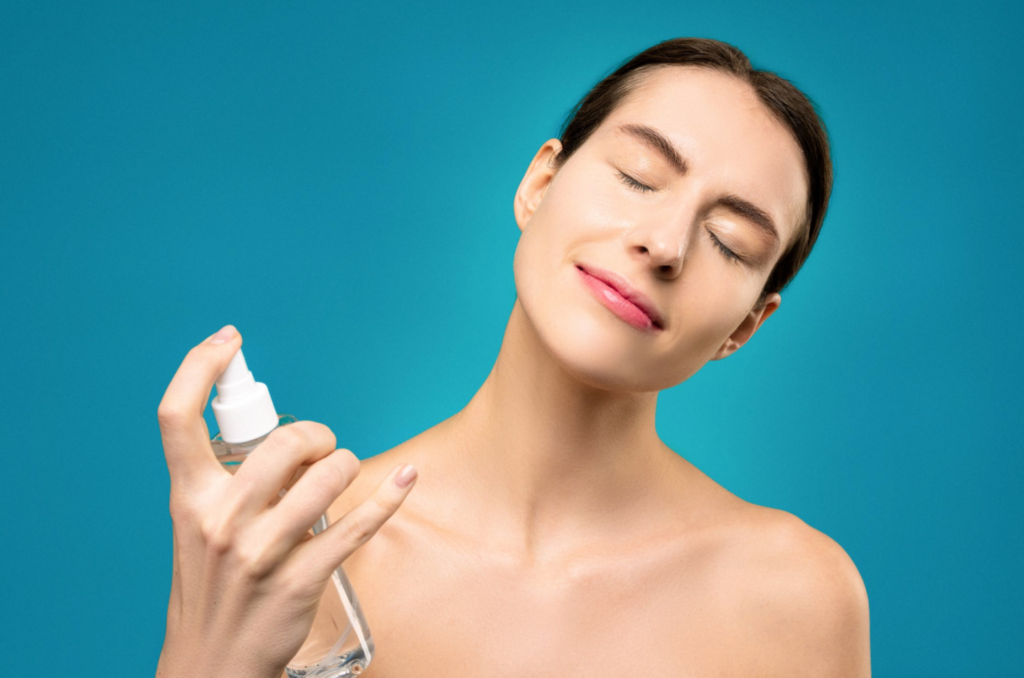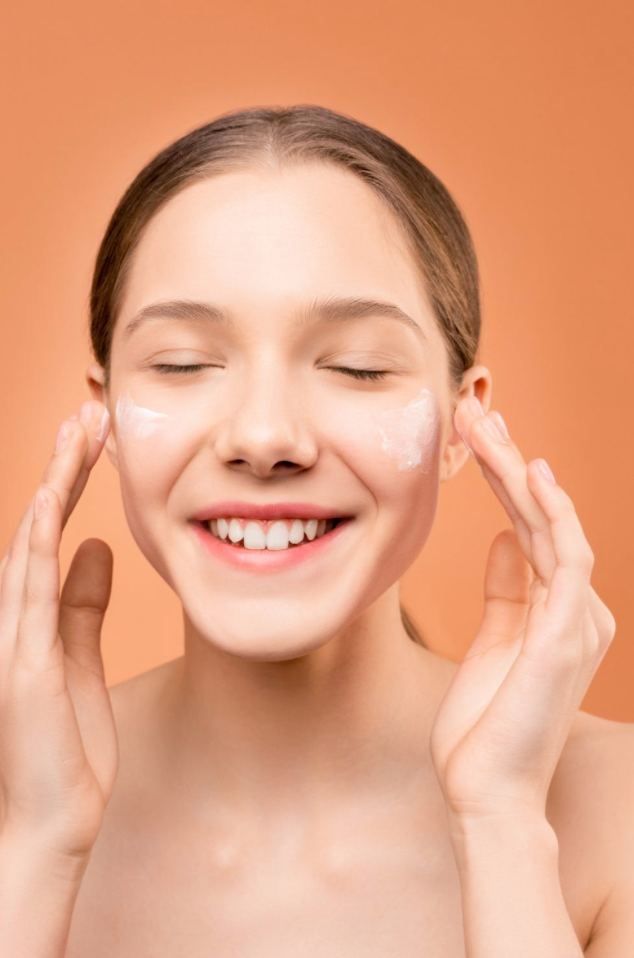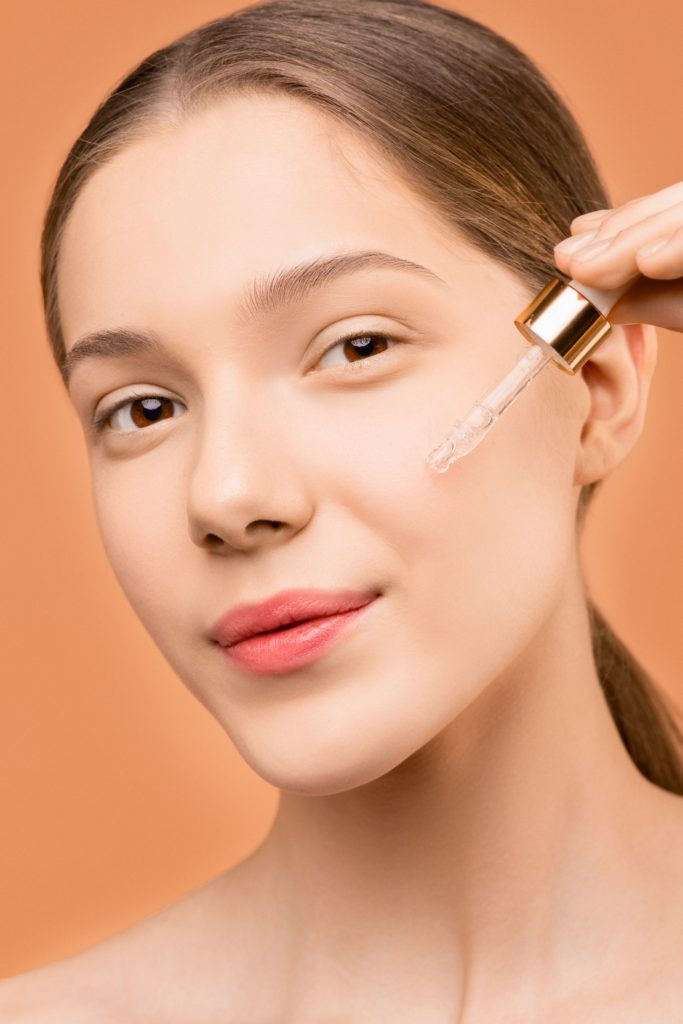
Shampoo, on your face? Believe it or not, it’s dermatologist approved. Here are MD’s top tips for dealing with fungal acne.
Spots and bumps, who needs ‘em?
If you’ve got itchy, painful cysts on your face, chest and shoulders, you could be dealing with fungal acne. Don’t panic, it’s not as nasty as it sounds, and it’s relatively easy to clear up with a bit of TLC.

How do I know if I’ve got fungal acne?
First of all, fungal acne (medical name: malassezia folliculitis) is a bit of a misnomer, because it’s not actually a fungus at all. Isn’t that a relief? Instead, what causes fungal acne is an overgrowth of yeast in the hair follicles, which in turn causes pores to become clogged and inflamed.
Everyone has yeast on their bodies, because yeast is *everywhere*, but an overgrowth can lead to painful, bumpy cysts on your face, back and chest area.
One of the telltale signs of fungal acne is if your skin itches, the acne won’t clear up on its own or hasn’t responded to over-the-counter acne treatments.
What to do about it:
1. Speak to your doctor
Skip the over-the-counter creams and washes and get yourself to a GP. Seriously. If you’ve had fungal acne for more than a month and its shown no signs of slowing down, you’re just flushing money down the drain on products that may or may not work. You’ll save so much money and time by talking to a professional and getting an oral treatment and medical-grade topicals.
Your doctor may recommend a three-month cycle of doxycycline, and may prescribe a heavy duty Vitamin A cream like Tretinoin to fade scars and prevent future breakouts.
If you’re serious about saying goodbye to your acne for good, seeing a professional is crucial.
2. Start a healthy skin regimen

To help give your pores a boost and get all the gunk out, try switching your daily cleanser to something a little more high octane. Search for products with chemical exfoliants, like salicylic acid, glycolic acid or Vitamin C. As always, talk to your doctor and patch test new skincare products to avoid accidentally over-exfoliating and turning your skin into a red, blotchy mess. Ouch, not pretty.
Another way to kick up your skincare routine is to borrow some products from your boyfriend. Yes, seriously. Products like Head and Shoulders and Selsun Blue might smell nasty, but the zinc and sulfur work wonders as a topical treatment for fungal acne. Lather it on your face, chest or butt (wherever those nasty bumps appear), sing the alphabet twice and then wash it off. Many people swear by this method, with one Redditor claiming that it cleared up her fungal acne in [3 days, or whatever, find anecdote and put it here].
3. Wash your clothes and pillowcases regularly
Switching your pillowcase every night might seem a little extra, but it will help keep the breakouts at bay.
Also make a point to wash your clothes regularly, because trapped sweat and dirt will clog your pores. Try to avoid irritants like fabric softeners or overly fragrant washing liquid — those can irritate your skin too, and might be a trigger for breakouts.
4. Treat dark spots
If you’ve been diligent about your skincare routine, you should start seeing your acne clear up within 3 to 6 months of starting treatments. Woo hoo! But now, you’ve got pesky dark spots (hyperpigmentation) where those bumps used to be. Don’t fret — you can work on clearing those up, too, with topical exfoliants like Vitamin C, Alpha Arbutin and Licorice Root Extract. Look for products ith “brightening” in the label and search for anything with soothing vitamin E and oat so that your skin can replenish itself.
